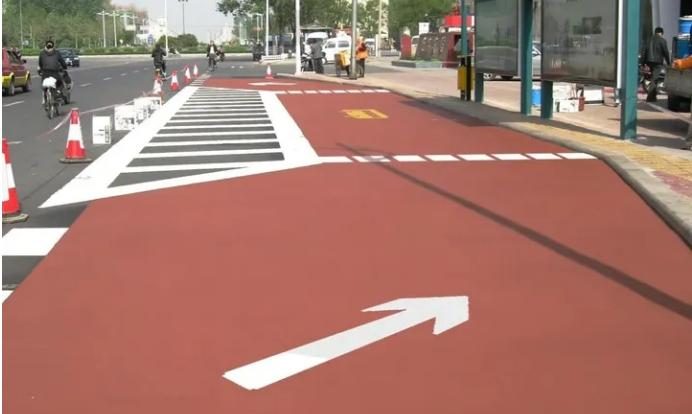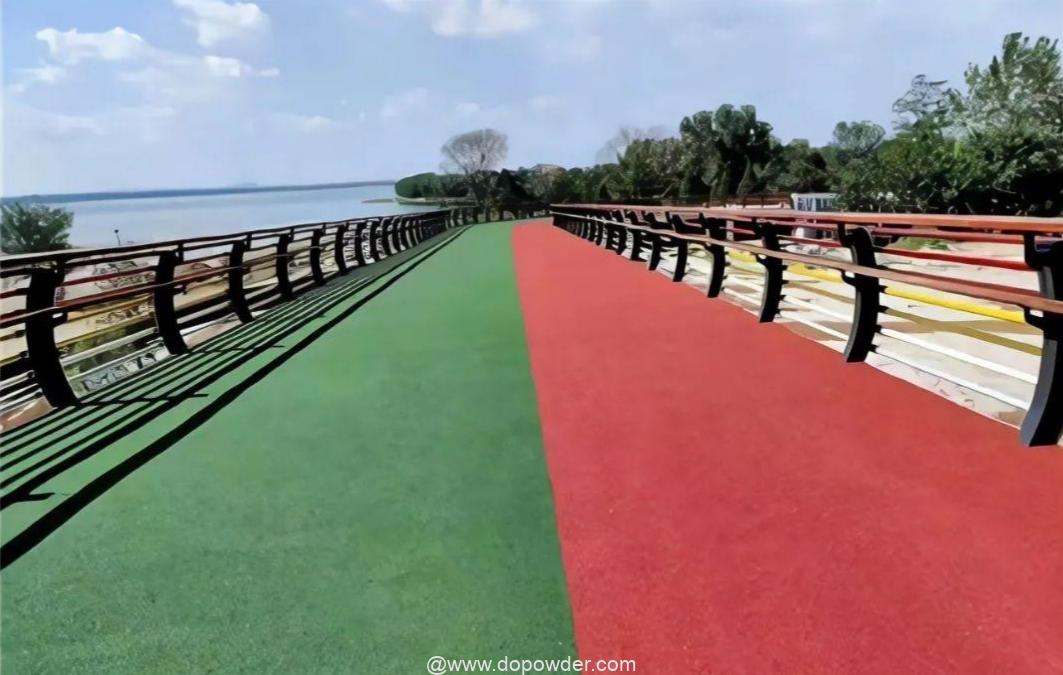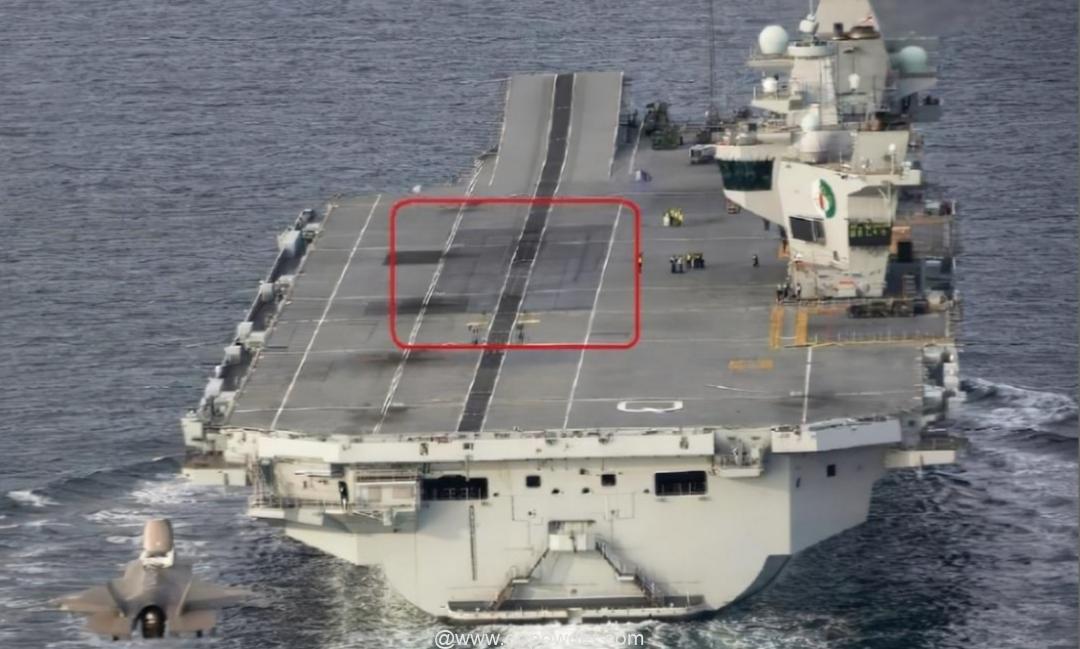Application and advancement of anti-slip coatings
Application of non-slip floor coating
Non-slip floor coating serves as a functional architectural coating with significant applications in various settings. These include warehouses, workshops, running tracks, bathrooms, swimming pools, shopping centers, and activity centers for the elderly. Additionally, it is used on pedestrian bridges, stadiums (fields), ship decks, drilling platforms, offshore platforms, floating bridges and high-voltage transmission line towers as well as microwave towers. In these scenarios where slip resistance is crucial for safety purposes, applying anti-slip paint can be an effective measure to ensure secure movement and workability.

Anti-slip floor coatings are designed specifically to enhance friction coefficient and resistance on surfaces prone to slipping or causing accidents. By significantly increasing the friction coefficient of such surfaces after application of the coating layer itself helps prevent falls and enhances overall safety.

Development of foreign anti-slip coatings
Anti-slip coatings have been developed and utilized for numerous years. In the initial stages of foreign anti-skid coating development, commonly used base materials included ordinary alkyd resin, chlorinated rubber, phenolic resin, or modified epoxy resin due to their excellent weather resistance and mechanical properties. These resins were mixed with hard and large particles such as cost-effective quartz sand or similar materials that protrude from the surface, resulting in increased friction resistance and achieving non-slip purposes.
The most successful application of anti-slip coatings can be observed on aircraft carriers and carrier decks where these coatings enhance the coefficient of friction on the deck to prevent sliding incidents during sailing operations. This specialized use has led to rapid advancements in anti-slip coating applications, expanding from general civilian usage to specific research focused on aircraft carriers. Consequently, a dedicated center for production and research of special anti-slip coatings has been established.
With a wide range of varieties available for different uses, specific-purpose as well as universal anti-slip coatings have emerged. For instance, EPOXO300C epoxy polyamide anti-slip coating produced by the AST Center in the United States is extensively employed on flight decks across all US Navy aircraft carriers as well as over 90% of large ship decks due to its exceptional durability combined with high friction characteristics; it has successfully served for two decades already. This particular coating utilizes alumina wear-resistant particles graded at diamond hardness level which maintain consistent friction coefficients even under water or oil conditions while exhibiting remarkable heat dissipation ability along with chemical resistance and strong adhesion properties similar to other variants like AS-75, AS-150, AS-175, AS-2500HAS-2500 among others.

Development and application of anti-slip coatings in China
The earliest domestic manufacturers to develop and produce anti-skid paints were Shanghai Kailin Paint Factory. Subsequently, major paint factories also began mass production. In the early stages, yellow sand and cement were commonly used as anti-slip wear-resistant materials for these coatings. The yellow sand was washed with clean water, sun-dried, sifted, and then mixed with 32.5 grade cement in a specified ratio until no lumps remained.
Construction typically involved applying 1-3 layers using a rubber scraper, resulting in a thickness of 1-2mm. However, this type of coating had a short service life and was prone to grinding down easily. It would also freeze and crack during cold winters in the northern regions while exhibiting poor thermal expansion and contraction performance on steel plates.
Later on, many manufacturers made improvements by utilizing epoxy polyamide or polyurethane resin as the anti-skid coating material along with additives such as wear-resistant silicon carbide or emery particles. For instance, the SH-F type anti-slip coating produced in Taicang City, Jiangsu Province has been widely adopted on ships due to its excellent performance
